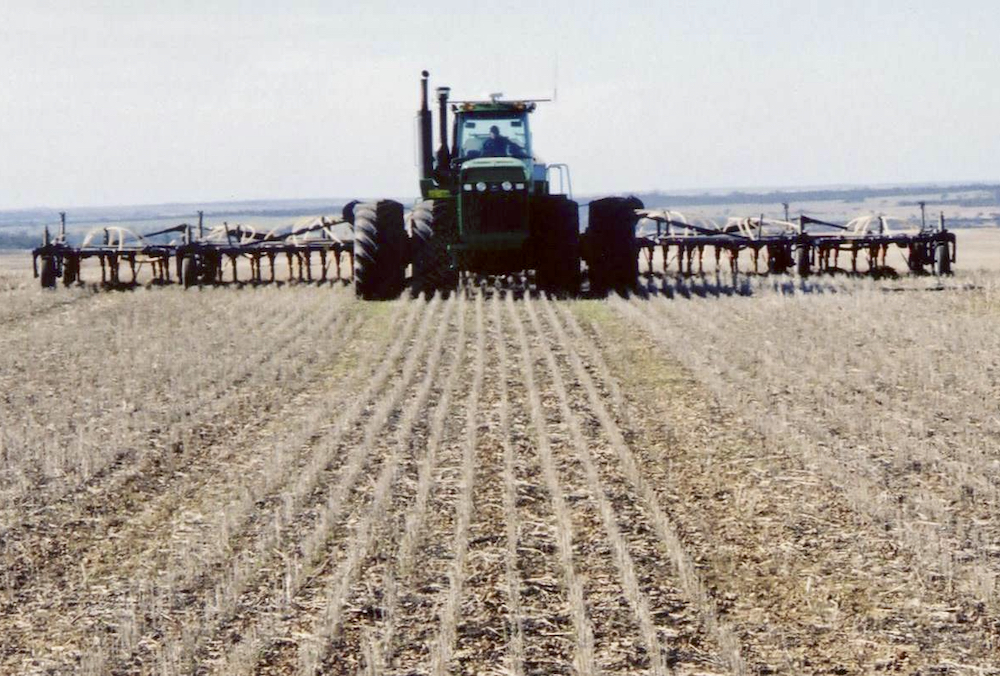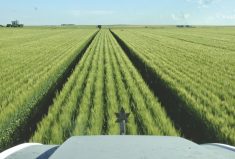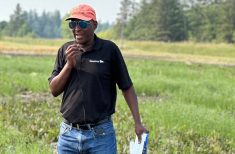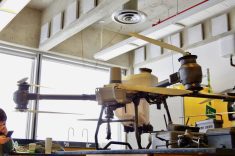When Adam Gurr talks about the history of controlled traffic farming (CTF) in Canada he’ll tell you about Dean Glenney, a now-retired agricultural engineer and farmer from Ontario. He could get phenomenal corn yields and he felt it was because of his use of CTF.
“When you visit Dean’s farm, he brings a shovel out, digs up, shows you and compares the untrafficked soil to the trafficked soil,” Gurr said. He felt that was a big part of why he was seeing those impressive corn yields.”
Read Also
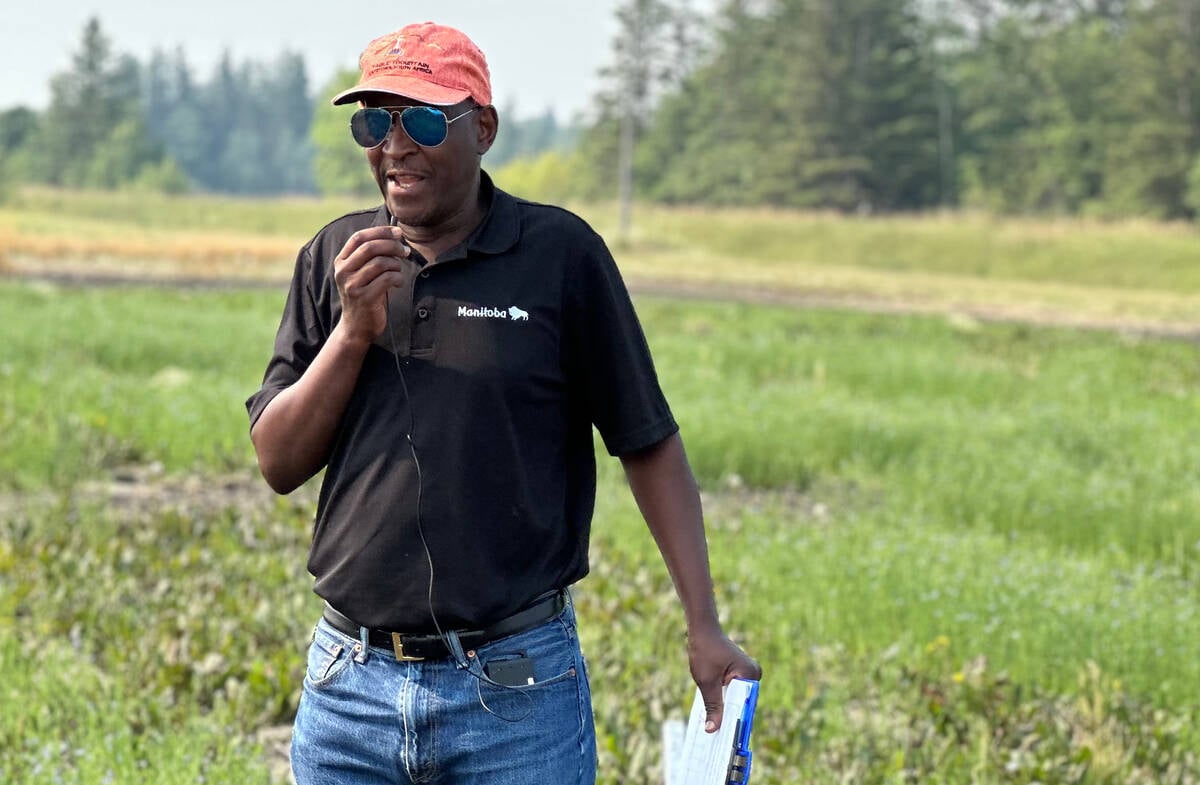
How much nitrogen can farmers really cut?
Manitoba fertilizer trials look for nitrification inhibitor sweet spot, to lower greenhouse gas emissions and cost without hurting yield.
When Glenney was growing up on the farm he noticed that any time they’d take out fencelines and make the fields bigger they’d have tremendous corn growth in that fenceline the following season but as they tilled it and trafficked it, that impact would disappear.
He wondered how he could create this fenceline condition across the farm. It started with no till. The next step came with controlled traffic which he did by seeding the soybean into the corn root ball and this lined up the crop within the same tracks. It took some time but in about six years he started getting results.
“He coined the term “fencerow farming” and this was years before people were talking about CTF,” Gurr said.
There was a two-year study conducted comparing his soil and yields to a neighbouring farm about five kilometres away. Both farms were on the same soil, used the same hybrid corn with similar fertilizer applied at similar rates.
Fertilizer uptake, rooting and yield were all significantly better on Glenney’s operation.
The study showed that, at 60 and 87 days after planting, 93 per cent of the available nitrate was taken up in the no-till controlled traffic farm versus 55 per cent at the conventional site. Seventy-five per cent of the no-till plants had deeper roots than the conventional.
“The only difference was the traffic,” Gurr said.
As with any complex system, part of it is the physically different nature of the soil and how the pore spaces will hold on to water and air. It also affects the living portion of the soil and that may also have been one of the things that helped with that increased yield.
“What really struck me was that Dean’s microbial community was less diverse than the neighbouring conventional ones but they had much higher amounts of this particular bacteria that promotes plant growth,” Gurr said. “That’s where they really attributed the yield differences from because he wasn’t applying any more inputs.”


